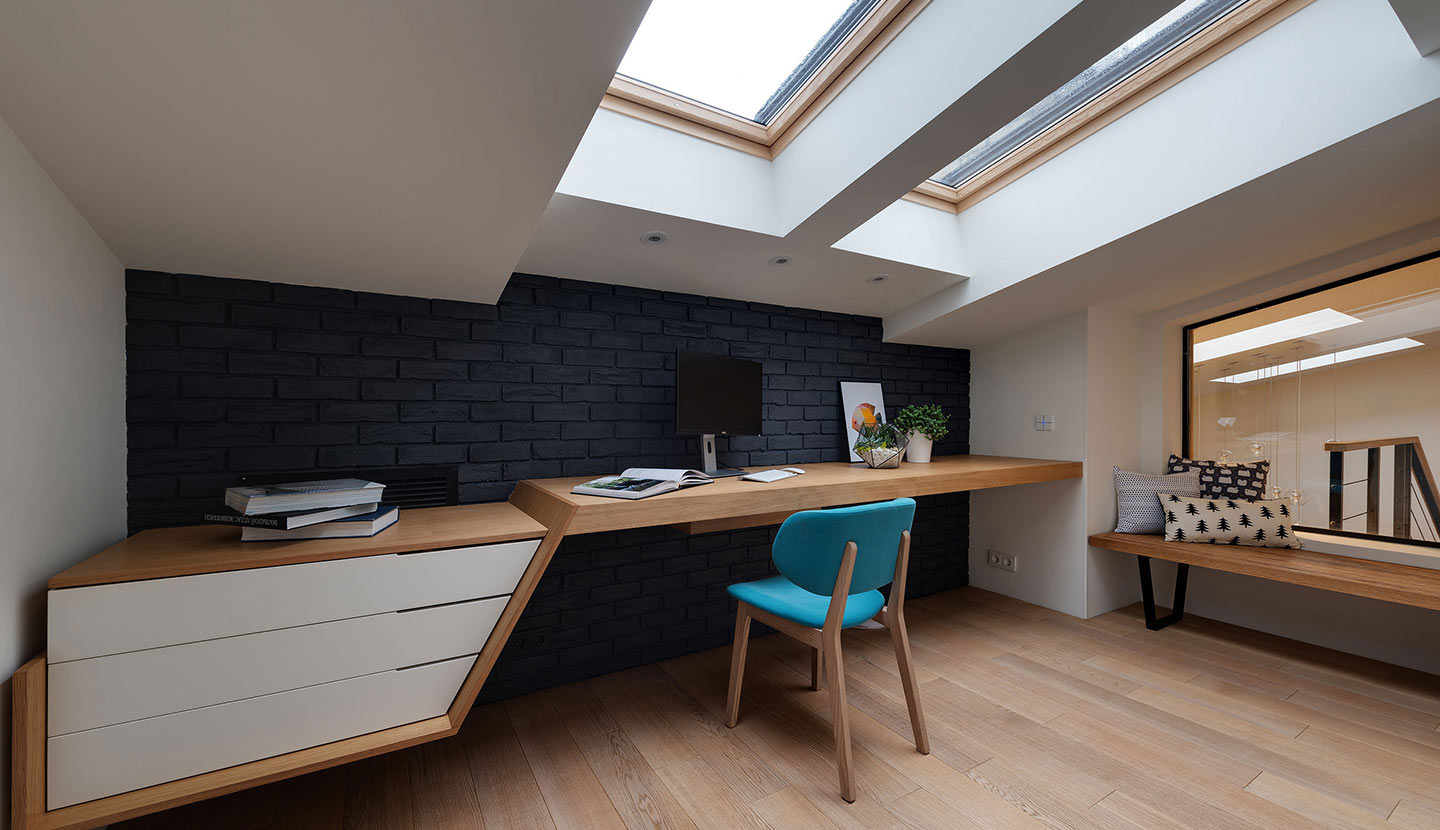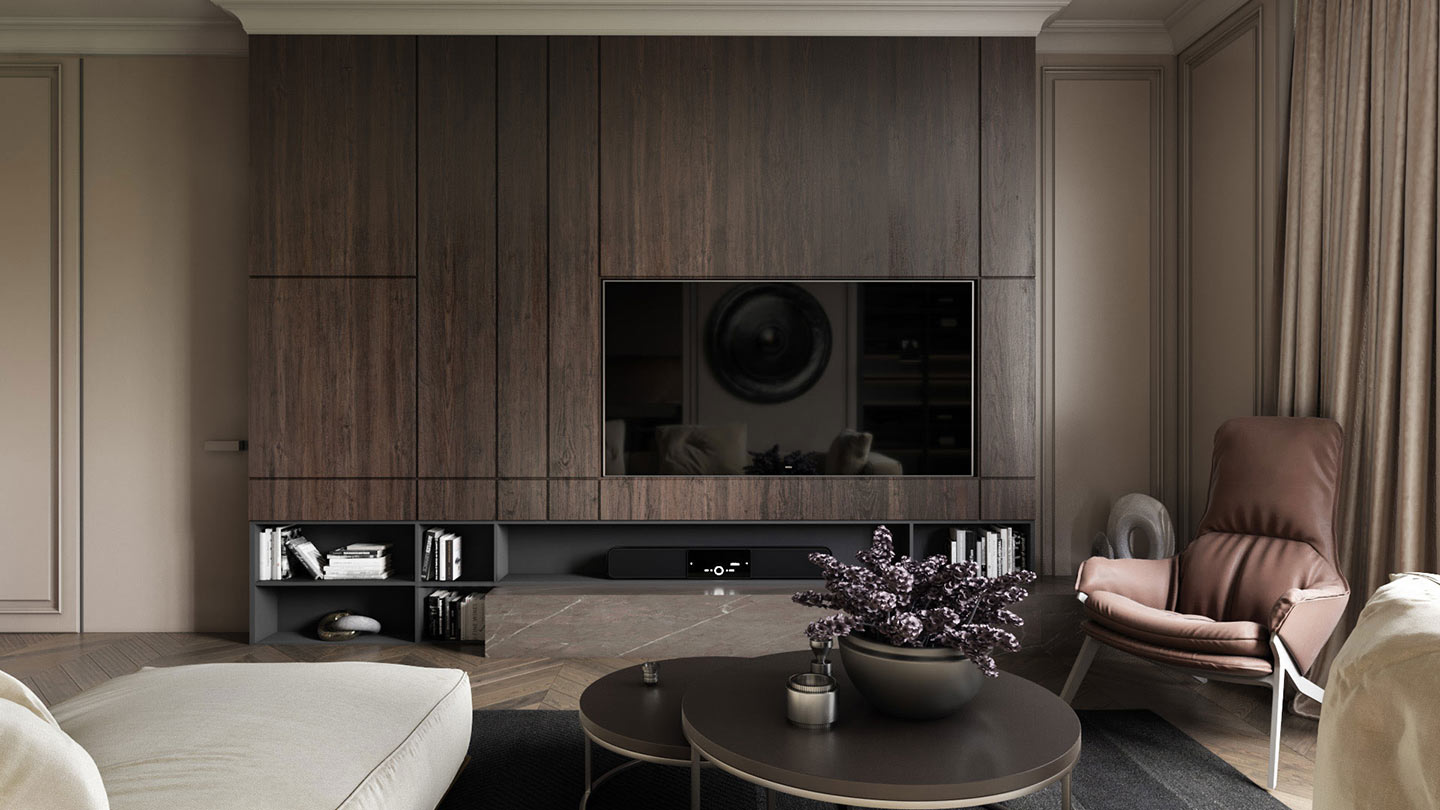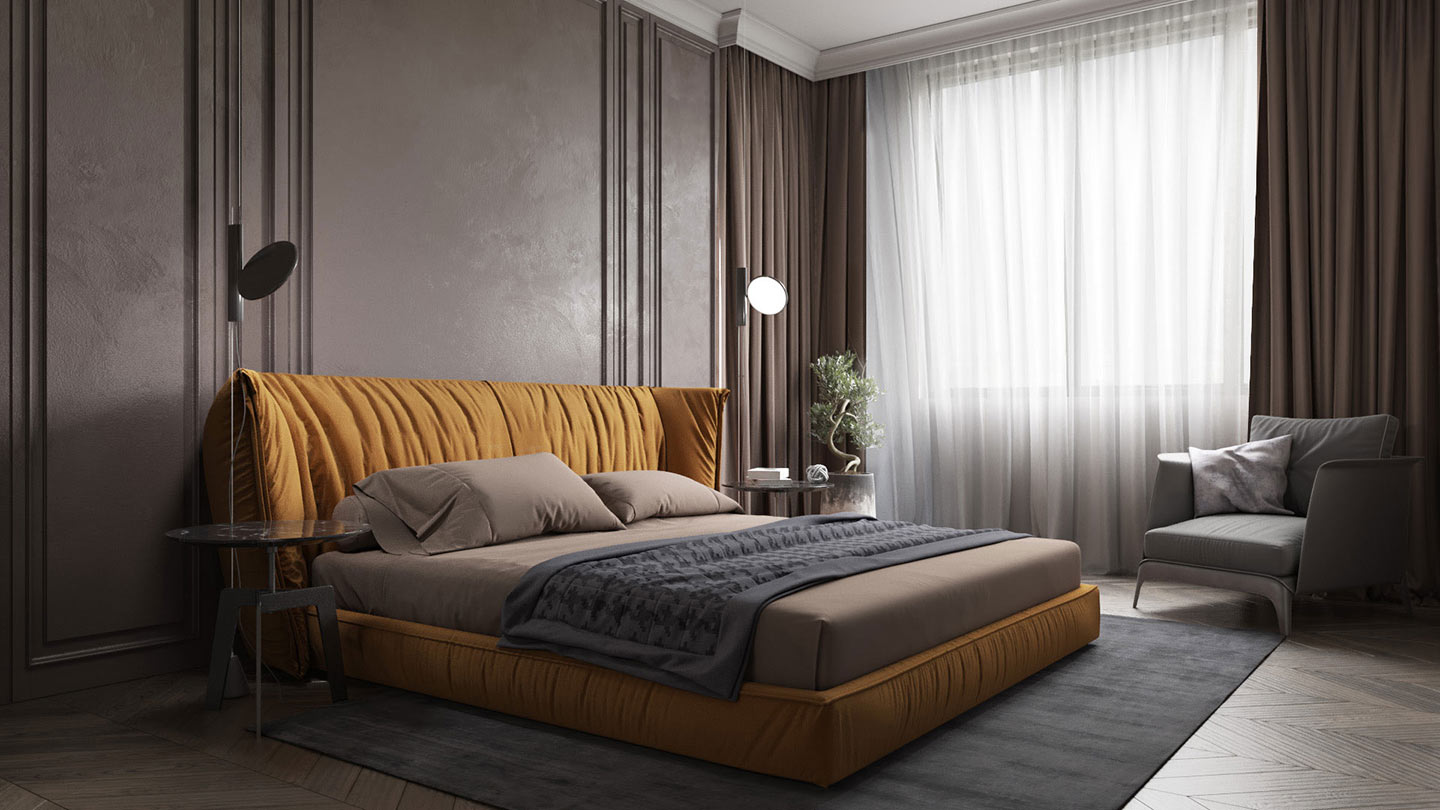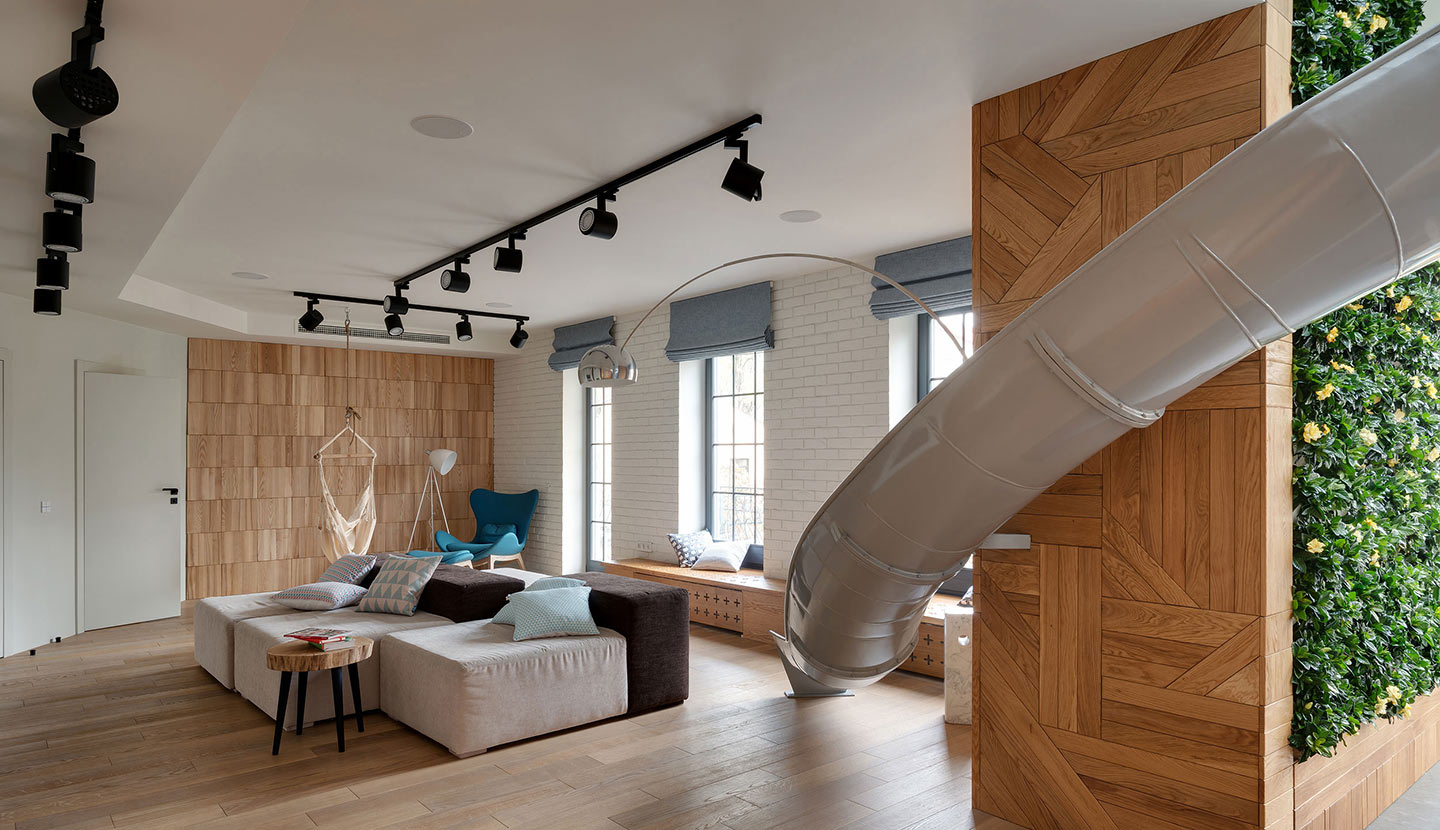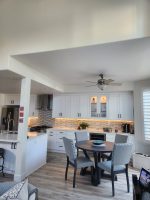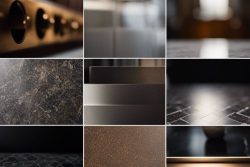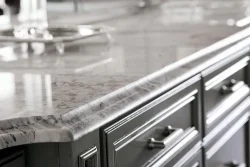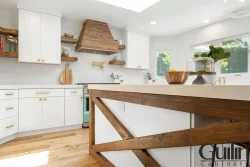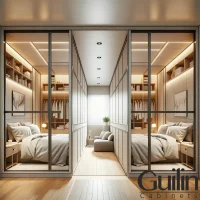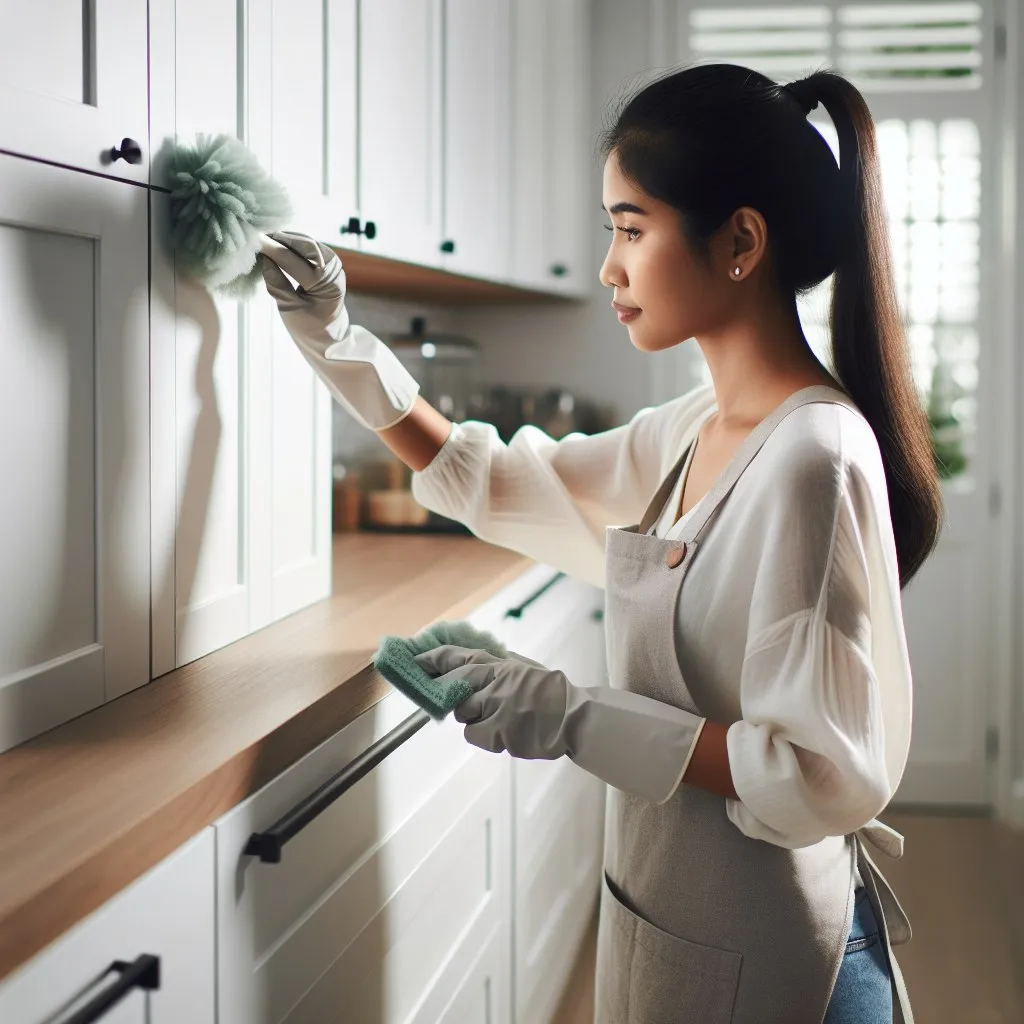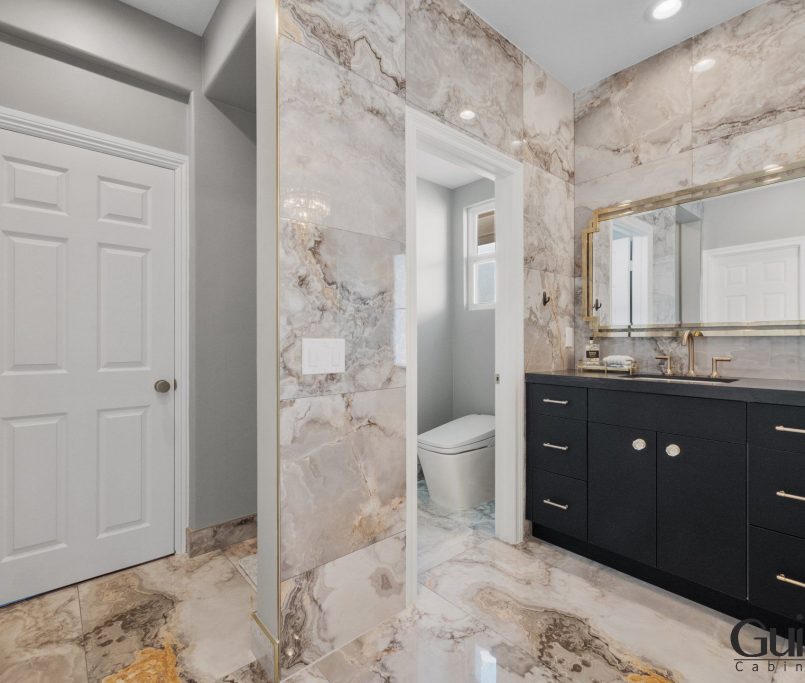You have probably heard the phrase “melamine“ tossed around with varied degrees of enthusiasm as you navigate the world of furniture purchasing. Maybe you’ve heard rumors that it’s a low-quality, inexpensive material, or maybe you’ve been told it’s a cost-effective substitute for solid wood. But what’s actually true? Is melamine merely inexpensive wood, or is this mysterious substance more complex than it first appears? To help you better grasp what you get when you choose melamine over traditional wood, we will delve into the world of melamine in this piece, covering its composition, advantages, and disadvantages.
Inshort, What is Melamine?
While you may have heard of melamine, you might not be entirely sure what it is or how it’s used. Let’s take a closer look. To understand melamine, you need to know that it’s a type of synthetic material made from a combination of melamine resin and other substances like MDF, HDF, wood particles, paper, or textile fibers. This mixture is then pressed together to form a dense, flat panel.
=> Related Article: Melamine Cabinets: Pros and Cons to Consider
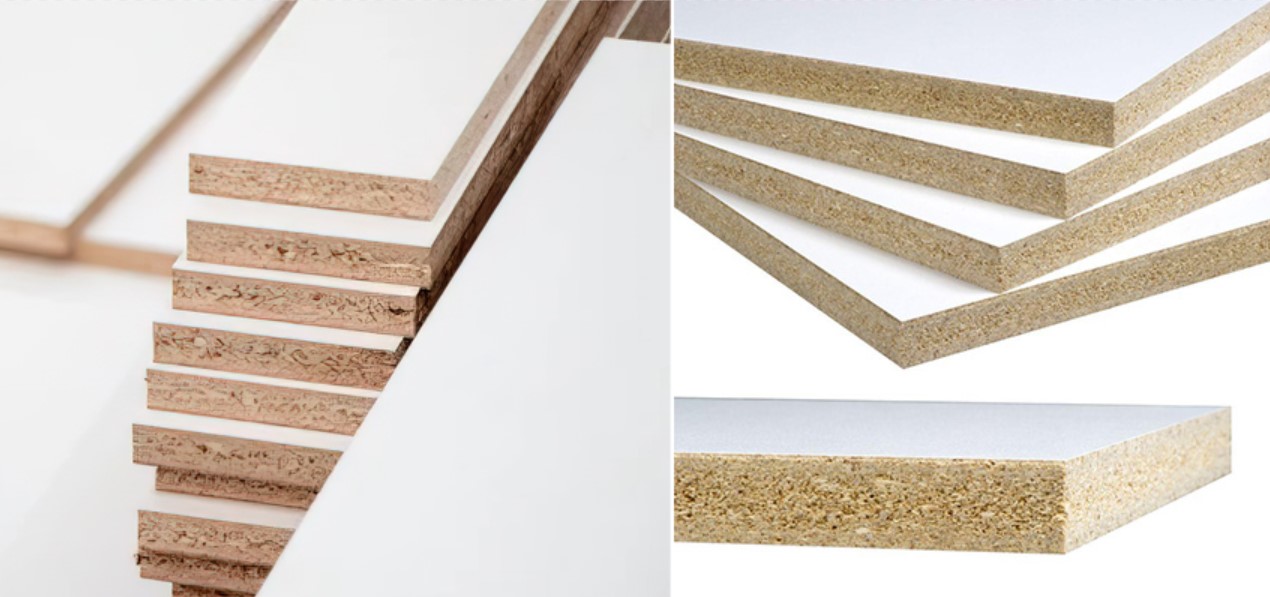
Physical Properties
Properties like density, texture, and appearance contribute to melamine’s distinct identity. Melamine is a type of engineered wood made from wood particles, such as sawdust or wood shavings, mixed with a binding agent and formed into sheets. This composition gives melamine a denser and more uniform texture than natural wood.
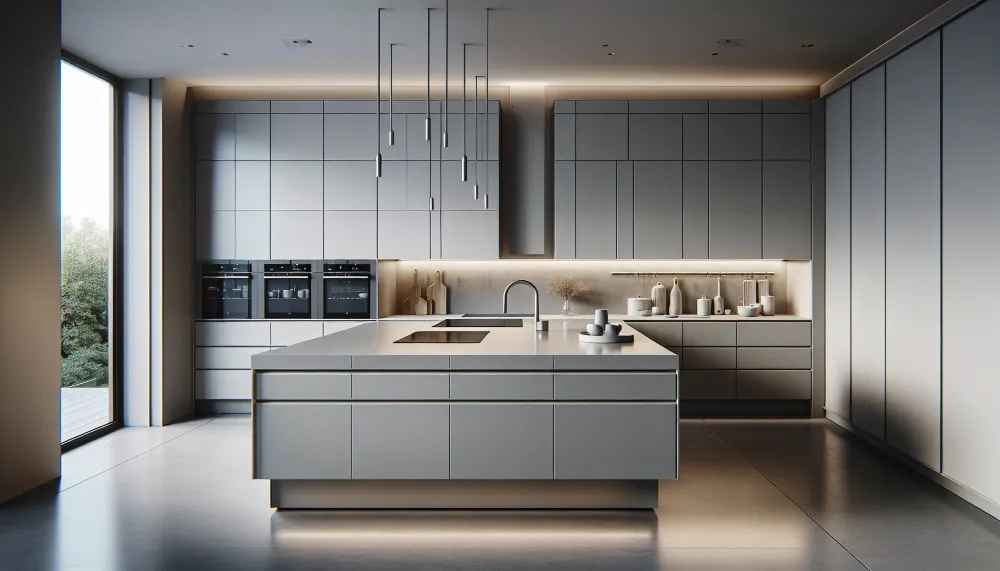
Chemical Resistance
Resistance to chemicals is one of melamine’s standout features. The manufacturing process involves applying a decorative paper layer on top of the wood particles, which provides a barrier against chemicals and stains. Plus, this resistance makes melamine an ideal choice for applications where exposure to chemicals is likely, such as in laboratory settings or commercial kitchens. You can rest assured that your melamine surfaces will remain intact and easy to clean, even when faced with some harsh substances.
=> Related Article: How Can I Clean Melamine Cabinets?
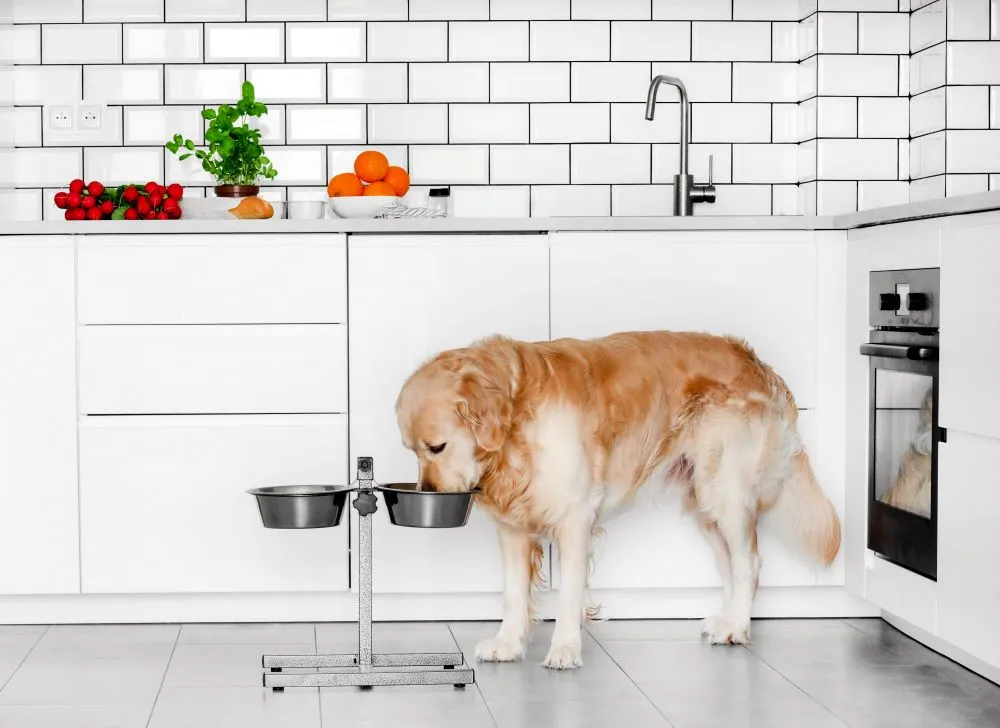
Durability and Lifespan
On the surface, melamine may seem fragile, but it’s surprisingly durable and long-lasting. The combination of wood particles and binding agents creates a strong and resistant material that can withstand scratches, dents, and fading. Characteristics like these make melamine an attractive option for those seeking a low-maintenance, cost-effective alternative to traditional wood. You’ll find that melamine can hold its own against the wear and tear of daily use, making it a smart choice for your next project or renovation.
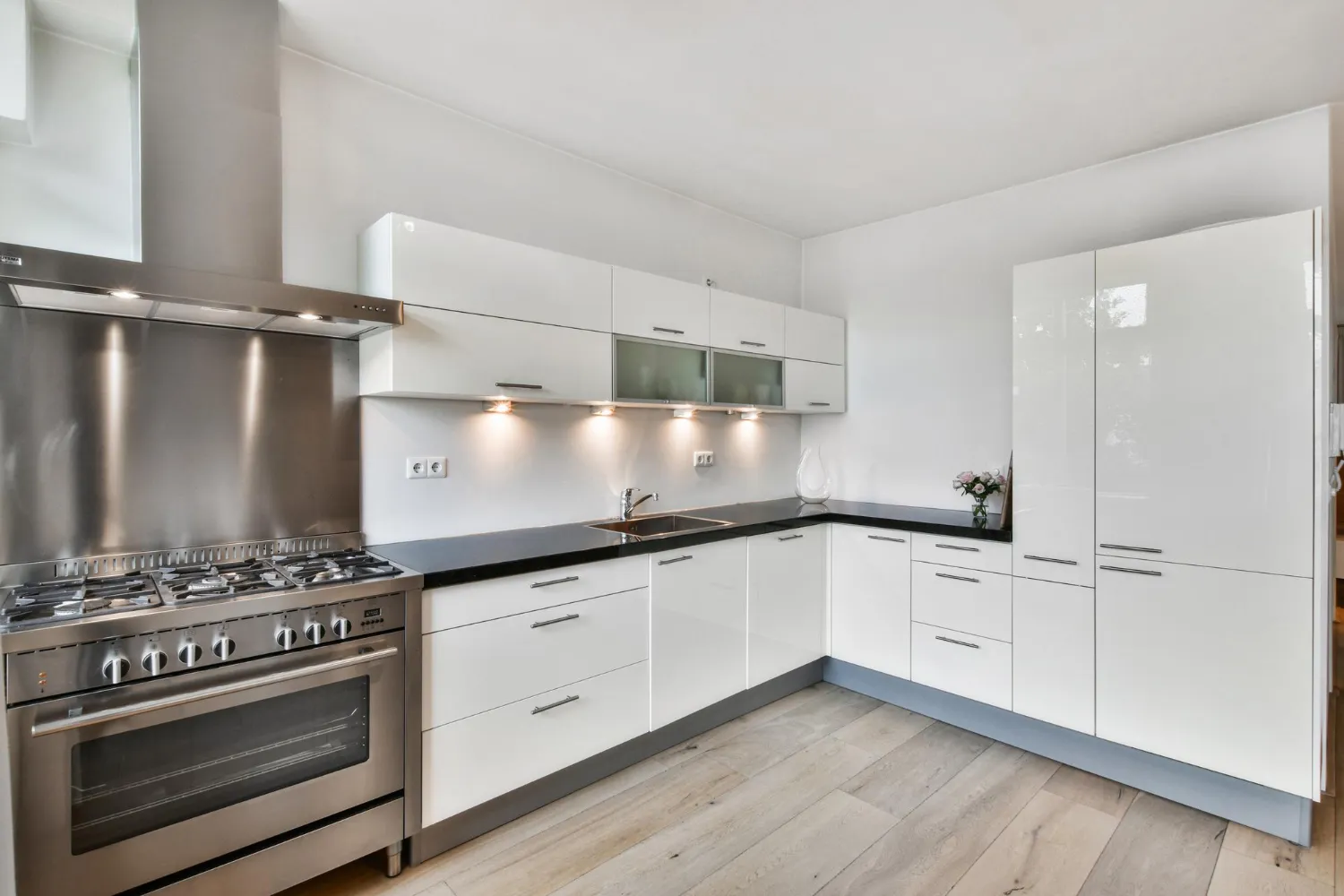
Comparison to Natural Wood
Your decision to choose between melamine and natural wood ultimately depends on your specific needs and priorities. To help you make an informed decision, let’s break down the key differences between these two materials.
=> Related Article: Solid Wood Cabinets: Pros and Cons to Consider
| Melamine | Natural Wood |
|---|---|
| Engineered wood made from wood particles and resin | Naturally grown wood from trees |
| More affordable and budget-friendly | Can be expensive, especially for exotic species |
| Moisture-resistant and durable | Prone to warping and rotting if not properly treated |

Cost Comparison
One of the most significant advantages of melamine is its cost-effectiveness. As shown in the table below, melamine is generally cheaper than natural wood, making it an attractive option for those on a budget.
| Melamine | Natural Wood |
|---|---|
| $3.00 – $5.00 per square foot | $2.00 – $10.00 per square foot |
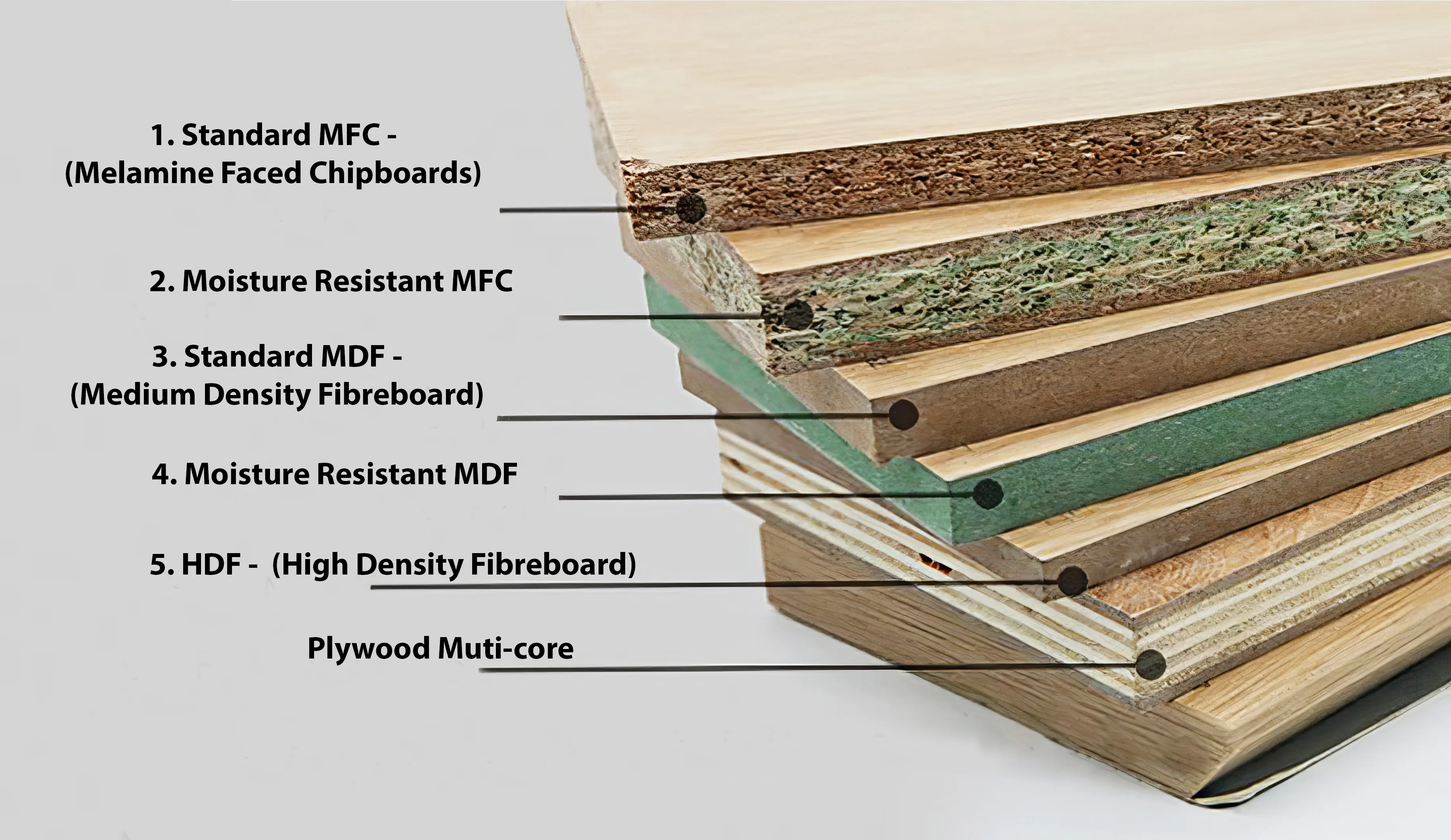
Aesthetics and Appearance
Melamine and real solid wood don’t look the same at all. Melamine may pass for real wood in appearance, but it seldom has the same personality or feel. Melamine products frequently have printed motifs and textures meant to evoke the appearance of real wood. But these patterns can look fake, and only an expert could see through them.

Environmental Impact
Impact-wise, melamine and natural wood have different footprints. Melamine is made from recycled wood particles and resin, making it a more sustainable option than natural wood. Aesthetics aside, the environmental benefits of melamine are undeniable. By using recycled materials, melamine reduces the demand on natural resources and helps minimize waste. This eco-friendly approach is a significant advantage for those concerned about their carbon footprint.
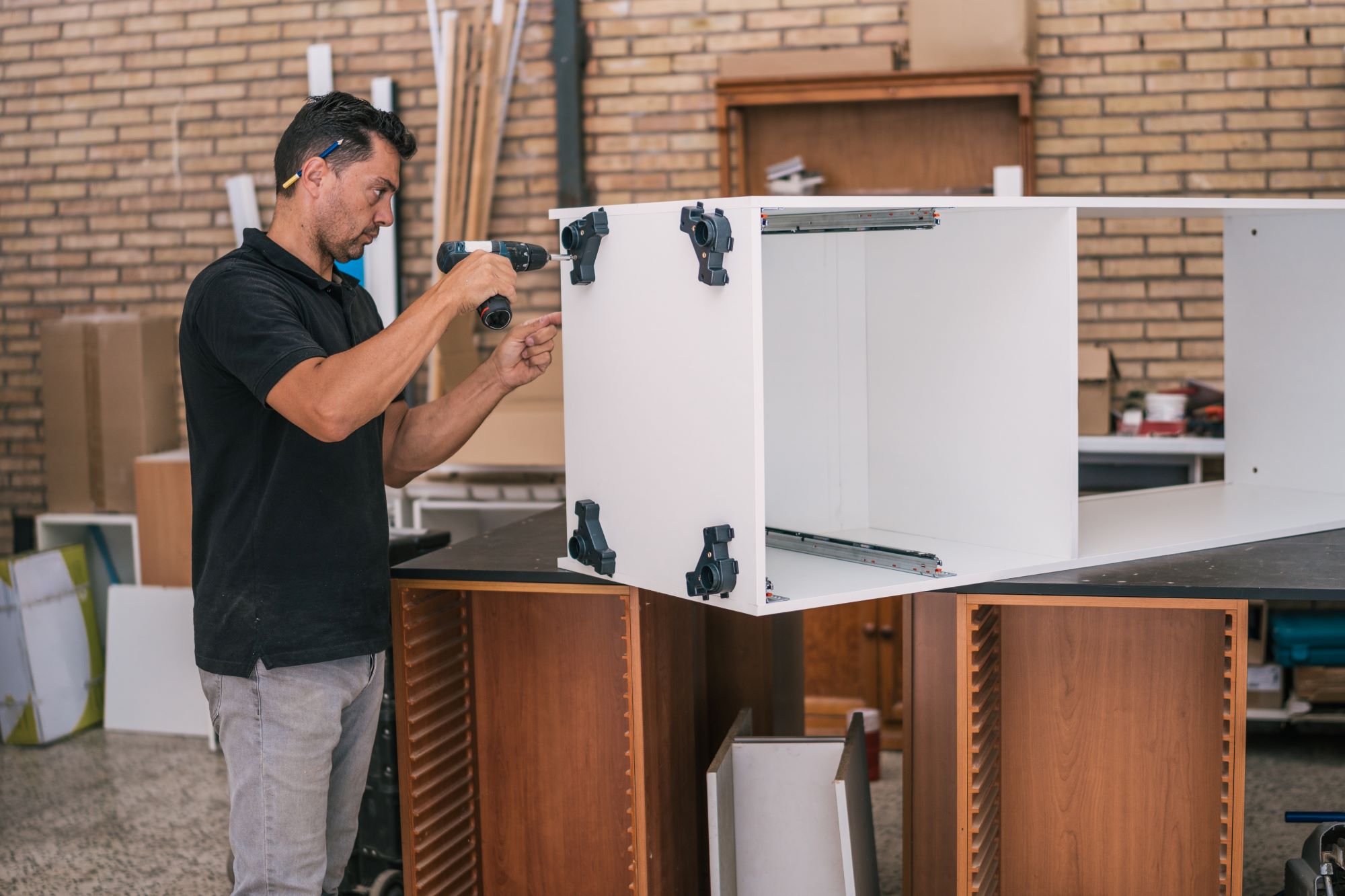
Summing up
You should have a better grasp of the nature of melamine and whether it qualifies as inexpensive wood after reading this. Despite its common association with low-priced furniture, melamine is essentially a synthetic material composed of wood particles and resin—not wood. Therefore, it’s more important to consider if melamine is a good substitute for real wood rather than if it’s inexpensive. Melamine may or may not be the best option for your project depending on how you evaluate its benefits and drawbacks.
FAQs About Melamine Cabinets
What are melamine cabinets made of?
Melamine cabinets are made from a composite wood product, typically particle board or medium-density fiberboard (MDF), that is covered with a layer of melamine resin. This resin gives the cabinets a hard, durable surface that is resistant to scratching and staining. Unlike solid wood, melamine is engineered and manufactured from wood byproducts, making it a more economical choice for cabinetry.
Are melamine cabinets of lower quality compared to solid wood cabinets?
While melamine cabinets are often considered less expensive than solid wood cabinets, quality can vary. High-quality melamine products can be durable and aesthetically pleasing, while lower-end options may not hold up as well over time. Ultimately, the choice depends on the specific material, its construction, and the intended use of the cabinets.
Do melamine cabinets require more maintenance than wood cabinets?
Melamine cabinets generally require less maintenance than solid wood cabinets. They do not need regular sealing or refinishing, as wood does. Routine cleaning with mild soap and water is usually sufficient to maintain their appearance. However, be mindful of sharp objects and boiling liquids, as melamine surfaces can be damaged if not properly cared for.
Can melamine cabinets be custom designed like solid wood cabinets?
Yes, melamine cabinets can be customized to a degree. They are available in a wide variety of colors, patterns, and finishes, allowing homeowners to achieve a look that suits their style. However, the options might be less flexible compared to solid wood, which can be stained or painted in any color after being crafted.
Is it possible to repair melamine cabinets if they get damaged?
Repairing melamine cabinets can be challenging. While minor scratches and chips can sometimes be concealed with color-matching markers or melamine repair kits, significant damage may require replacement of the affected panels. In most cases, because melamine surfaces are thin, extensive damage could mean needing to replace the entire cabinet component.
How do melamine cabinets compare to laminate cabinets?
Melamine cabinets and laminate cabinets are often confused because both materials involve synthetic surfaces applied to a substrate. However, melamine refers specifically to a type of resin coating, while laminate usually consists of a thicker layer of plastic bonded to a core material. Laminate may offer more design options and durability but can also be more expensive. The choice between melamine and laminate often comes down to budget, aesthetic preference, and specific application needs.




